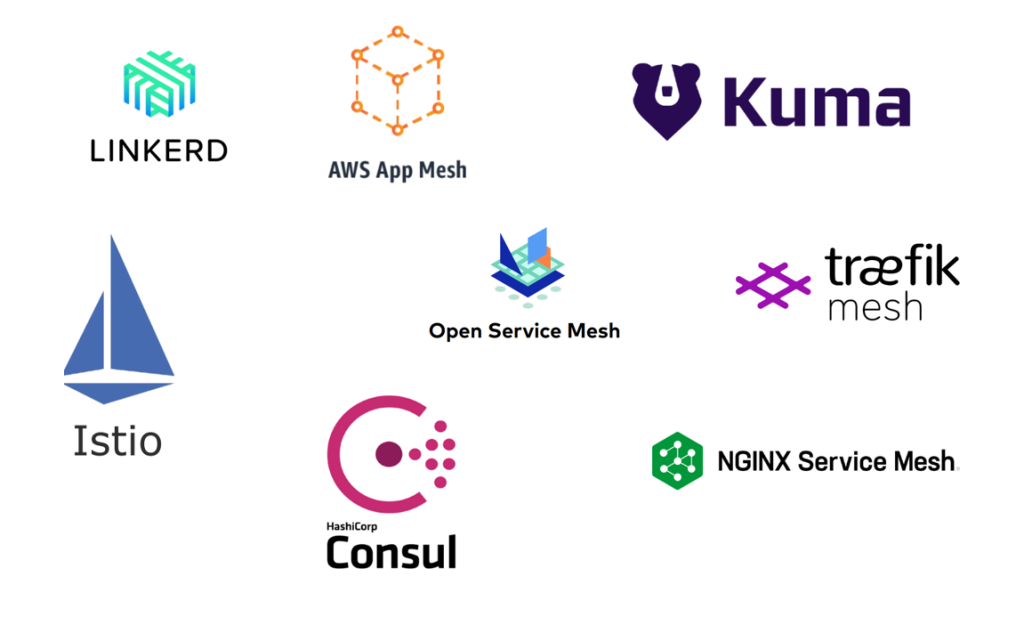
The service mesh landscape continues to evolve rapidly in 2024, with a diverse range of tools vying for dominance. Selecting the true one for your needs can be a daunting task. But fear not! Here’s a breakdown of some of the prominent players in the scene:
1. Istio:
- The OG: One of the most established and feature-rich service meshes, backed by the Open Service Mesh (OSM) community.
- Powerful and complex: Offers extensive capabilities for traffic management, security, observability, and more.
- Steep learning curve: Can be challenging to set up and manage, especially for smaller teams.
2. Linkerd:
- The lightweight contender: A user-friendly and lightweight service mesh, known for its ease of use and focus on performance.
- Simpler feature set: May lack some of the advanced capabilities of Istio, but excels in core functionalities like service discovery and load balancing.
- Good for beginners: Ideal for smaller teams or those new to service meshes.
3. AWS App Mesh:
- Cloud-native convenience: Seamless integration with the AWS ecosystem, offering a managed service mesh experience.
- Simple setup and management: Leverages AWS infrastructure and tooling for ease of use.
- Limited flexibility: Less customizable than open-source options like Istio or Linkerd.
4. Kong Mesh:
- API gateway powerhouse: Combines the strengths of Kong’s API gateway with a full-fledged service mesh solution.
- Strong API management: Ideal for organizations that heavily rely on APIs.
- Relatively new player: May lack the maturity and stability of established alternatives.
5. Kuma:
- The polyglot: Supports multiple control planes, including Istio, Linkerd, and Kuma itself, offering flexibility and choice.
- Cloud-agnostic: Runs on various platforms, including Kubernetes, Nomad, and bare metal.
- Still under development: Not as mature as some other options, but rapidly gaining traction.
6. Tetrate Service Mesh:
- Enterprise-grade security: Focused on securing service-to-service communication with advanced features like mutual TLS and zero-trust security.
- Simplified operations: Offers comprehensive management tools and dashboards.
- Primarily commercial: Offers both open-source and commercial editions with limited features in the free version.
Note: The best service mesh for you will depend on your specific needs and priorities. Consider factors like:
- Complexity: How much technical expertise do you have?
- Functionality: What features are most important to you?
- Platform: Where are your applications deployed?
- Budget: Do you need a free or paid solution?
By carefully evaluating your options, you can choose the service mesh that will empower your microservices architecture in 2024 and beyond!
Latest posts by Rahul Singh (see all)
- Mutual of Omaha: Selection and Interview process, Questions/Answers - April 15, 2024
- AES: Selection and Interview process, Questions/Answers - April 15, 2024
- Amphenol: Selection and Interview process, Questions/Answers - April 15, 2024

